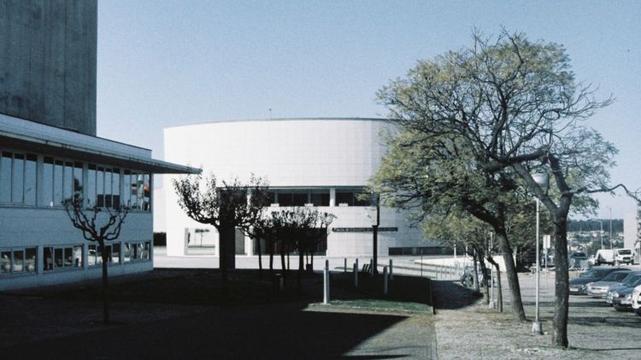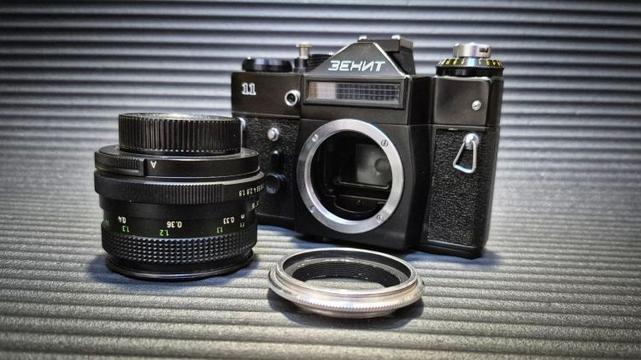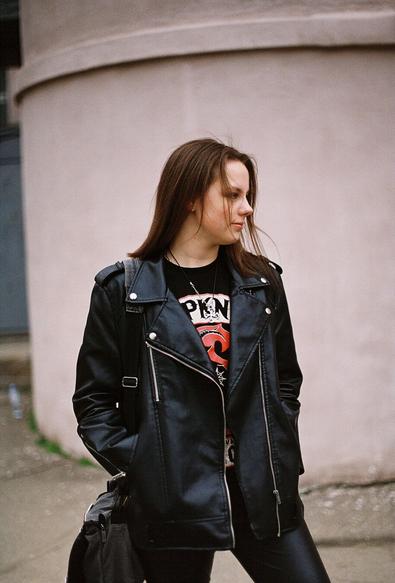Gearing up for the Crappy Commie Camera Party, Part 2: Testing The Zenit 11, a Soviet-era Single Lens Reflex Camera
At the beginning of March I picked up a Zenit 11 single lens reflex (SLR) camera for the Crappy Commie Camera Party (CCCP). In the first post, ‘Gearing up for the Crappy Commie Camera Party’, I introduced the camera and ran through some of its … features. In this post, I managed to take the camera out on a rare sunny day and put it through its paces.
Although it was in the ‘Not Passed’ category of the Kamerastore website, with ‘flaws that will affect typical use’, in this case it was just the ‘light meter doesn’t work properly … Otherwise it is in good working condition!’ I also picked up two extra lenses, a CCCP compliant Industar-50-2, and a Cosina 50mm f1.8 lens, since the aperture on my Pentacon 50mm f1.8 lens is stuck at the widest aperture position and it turned out that even at its fastest shutter speed the camera would overexpose most films.
To test the camera I found an old roll of Lomochrome Metropolis that I’ve had sitting around for a few years now. I reckon this expired around 2022, but it’s new enough that I didn’t really think it needed much exposure adjustment so I exposed it at ISO 100, at the low end of the ISO 100-400 range of this film. To measure the exposure I used the smartphone app Light Meter.
Images taken with the Cosina 50mm f1.8 lens came out really well. I set the aperture on ‘auto’ mode, and the app suggested an exposure of 1/125s at f16. Looking at the final images, I think that the app is overexposing by around 1 stop, which I have noticed before and always seem to forget, so next time I might try adjusting the exposure accordingly.
Along with the Zenit 11 I bought an M42 lens reverse ring for macro photography. On one side is the M42 thread that screws into the camera, on the other side is a 49mm filter thread that fits the Pentacon and the Cosina. With the Cosina mounted on the reversing ring, I set the aperture to f16 in manual mode and tried some close up photography. Again this came out really well, and the macro photographs showed some really nice detail in the images. With a 50mm lens, the macro scale is roughly life-size, so I think I’m going to get some nice close ups with these during the CCCP challenge.
Finally, I wondered if I could use my homemade Deakinizer with the Zenit 11. If you’re not familiar with the Deakinizer, it was a lens invented by cinematographer Roger Deakins that creates an image with a clear centre to the frame and blurred edges. A cheap way to make a Deakinizer is to hold a wide-angle converter reversed in front of a camera lens, and I have a Panavision wide-angle converter just for this purpose.
The filter thread of the Panavision is 67mm, so I created a 49-67mm step up attachment to fix the Deakinizer to the front of the Cosina lens. At the full aperture the image looked great, with a fairly sharp centre and blurred edges. However, when the aperture was stopped down to f16, the image was restricted to the centre of the frame. It did work, though, and I really liked how these came out. What I have done is to order a 6-stop neutral density filter that should allow me to use a 50mm lens fully open at f1.8 with the Deakinizer. One of the benefits of this arrangement is that I’ll be able to use the Zenit with the CCCP-compliant Pentacon lens, and not the Cosina.
In conclusion, I was really happy with how the Zenit 11 performed and it’s certainly a camera to be used with the CCCP. I have recently obtained another Soviet made camera, the half-frame Chaika II, and I’ll be posting how this performed shortly.
If you are on Mastodon, you can now follow this blog directly. Just go to Mastodon and follow the ‘Snapshot’ WordPress account at @keithdevereux.wordpress.com. All new posts will be automatically updated to your timeline..
#CrappyCommieCameraParty #Deakinizer #M42MountVintageCamera #Macro #Pentacon #Retro #Shittycamerachallenge #SovietCamera #Zenit11



